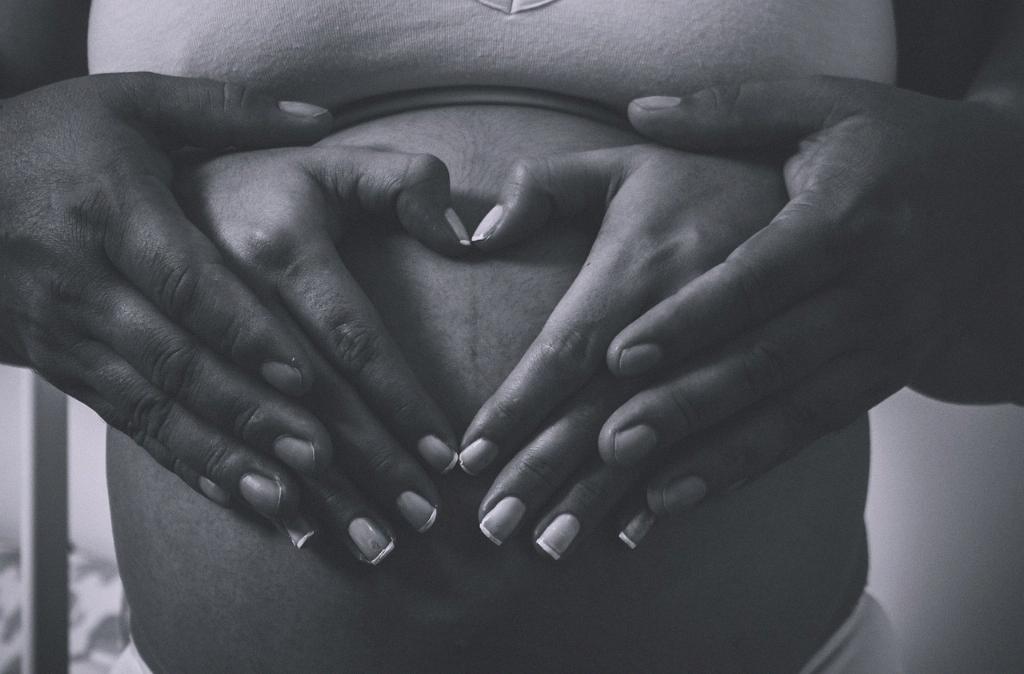When it comes to understanding the implications of HPV on life expectancy in women, it is crucial to delve into the complexities of this common viral infection. HPV, short for human papillomavirus, is a group of viruses that can infect the genital area, as well as the mouth and throat. While many HPV infections clear up on their own without causing any significant health issues, certain strains of the virus have been linked to serious health complications, including cervical cancer.
One important factor to consider when discussing life expectancy in women with HPV is the specific type of HPV that is present. Research has shown that there are different strains of HPV, such as HPV 16 and HPV 18, which are known to be more high-risk types associated with an increased likelihood of developing cervical cancer.
According to recent data, the overall survival rates at 5 years among women with HPV 18 was 91%, while those without this virus type had a slightly higher survival rate of 96%. Despite the statistically insignificant difference, it is evident that HPV 18 may impact life expectancy to some extent.
Similarly, women with HPV 16 showed a 5-year overall survival rate of 94%, compared to 96% among those without this virus type. Although this variance may not be statistically significant, it highlights the potential influence of HPV 16 on life expectancy in women.
It is essential to note that while HPV infection can increase the risk of developing cervical cancer, not all women with HPV will develop this type of cancer. Regular screening tests, such as Pap smears and HPV tests, can help detect any abnormalities early on, allowing for timely intervention and treatment.
Factors such as age, overall health, access to healthcare, and lifestyle choices can also impact the life expectancy of women with HPV. Maintaining a healthy lifestyle, including a balanced diet, regular exercise, and avoiding smoking, can contribute to overall well-being and potentially improve outcomes for women with HPV.
When it comes to managing HPV and its potential impact on life expectancy, early detection and treatment are key. Regular visits to healthcare providers for screenings and vaccinations, as well as following recommended guidelines for cervical cancer screening, can help mitigate the risks associated with HPV infection.
Educating women about the risks of HPV, the importance of vaccination, and the need for regular screenings is crucial in promoting overall health and well-being. By raising awareness and providing access to preventive measures, healthcare providers can empower women to take charge of their health and potentially improve their life expectancy.
In conclusion, while HPV infection can pose risks to women’s health and potentially impact life expectancy, early detection, regular screenings, and lifestyle choices play a significant role in managing the implications of this viral infection. By staying informed, proactive, and vigilant about their health, women can navigate the complexities of HPV and strive towards optimal well-being and longevity.

